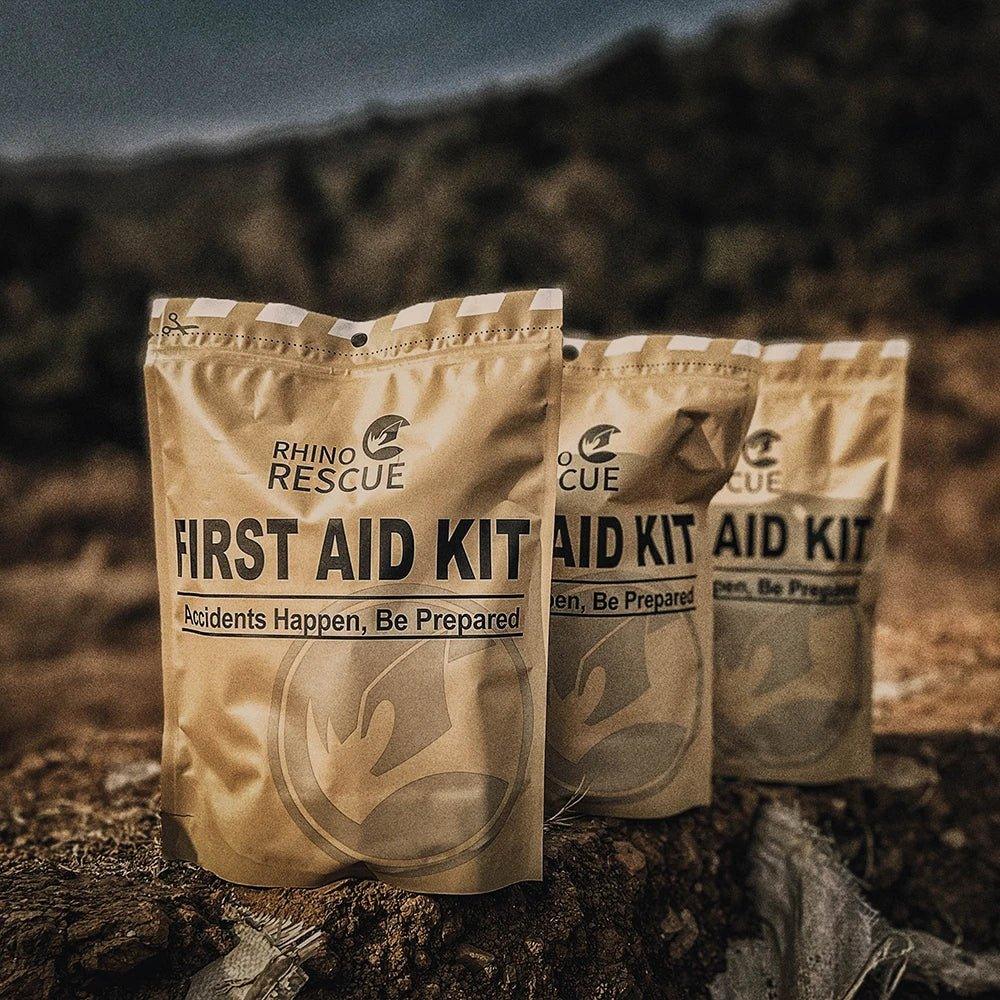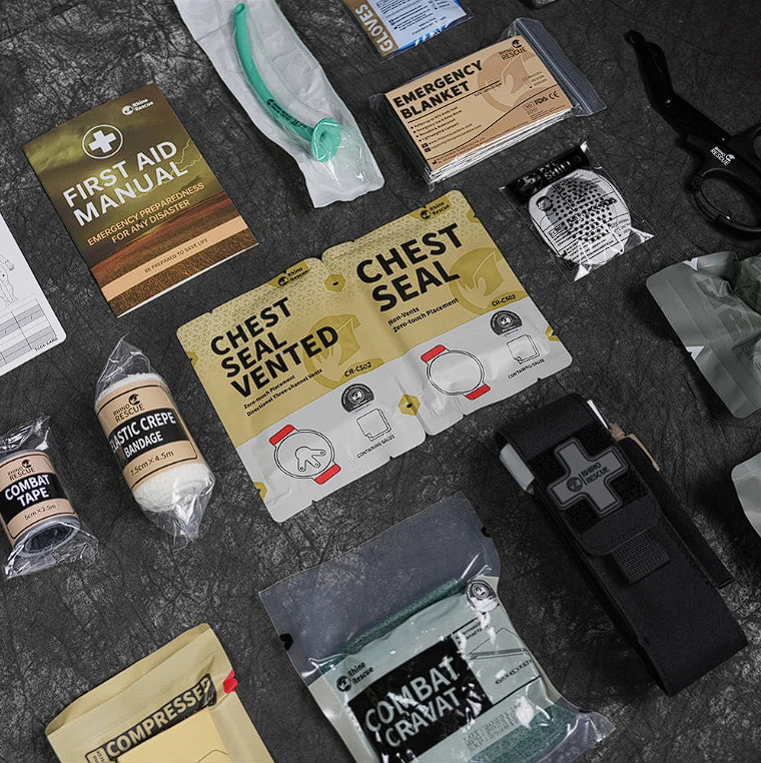Knowing how to build an improvised survival shelter in the wild is a plus for being able to explore it and delve into its wonders in an exciting experience, as it can make a difference in unexpected situations.
What is a survival shelter?
A survival shelter is a space constructed to provide protection and shelter in adverse situations, whether in the wilderness, during outdoor activities, or in emergency conditions. Its primary purpose is to ensure the safety and comfort of the individual or group using it, by offering shelter from the elements, wind, rain, or extreme cold. Survival shelters can range in complexity from simple makeshift structures to more elaborate shelters designed for specific conditions.
🎖️ 2 ESSENTIAL ACCESSORIES IF YOU ARE GOING TO CAMP
What are the types of shelters in nature?
For nature, there are various types of shelters adapted to different environments and needs. Some of the most common are:
- Shelter of Branches and Leaves: Scout
Description : Constructed from branches and leaves, this shelter is quick to make and suitable for temporary situations.
Application : Perfect in forests or areas with abundant vegetation.
- Earth or Bush Shelter:
Description : Use soil, rocks or bushes to create a shelter with greater thermal insulation.
Application : Ideal on land where natural material is available.
- Tarpaulin or Lona Shelter:
Description : Use a waterproof tarp to create a makeshift roof.
Application : Effective for situations where a quick, portable shelter is needed.
- Snow Shelter:
Description : Built by digging into the snow to take advantage of its thermal insulation.
Application : Useful in snowy environments and extreme cold conditions.
- Shelter of Branches and Trunks:
Description : Use branches and logs to build a more robust structure.
Application : Suitable for wooded areas with access to natural building material.
As you can see, there are a variety of shelters that vary in type depending on the environment you are in, which is why we will now guide you through the essential steps to create an effective shelter using natural resources and some smart tips for when you are in a forest.
Guide to building a shelter in the forest: Scout type
Selecting the Right Site
Choosing the right location to build your shelter is critical. Look for elevated, flat ground that is away from areas prone to flooding and falling branches. Avoid areas near swollen rivers and places where water can collect.
Collection of Materials
Gather natural materials such as branches, leaves, moss and rocks to build your shelter. Sturdy branches will form the base, while leaves and moss can be used to line the roof and walls, providing thermal insulation.
Basic Structure:
Use long, flexible branches to form an A-frame. Cross them at the top and stake them into the ground for stability. This frame will serve as the base for your shelter.
Cover and Protection:
Place smaller branches in a crisscross pattern over the frame to create a bed-like structure. Add a layer of leaves and moss over the branches to improve weatherproofing and heat retention.
Door and Ventilation:
Leave an uncovered space at one end for entry and ventilation. You can use bent branches to form a sort of "door" that can be easily opened and closed.
Testing and Adjustments:
Once you've built your shelter, test it yourself. Make sure you're comfortable and protected from wind and moisture. Make adjustments if necessary to ensure an effective shelter.
What does it take to build a wilderness shelter?
When it comes to building mountain shelters, you have two main options: natural shelters and improvised ones. Natural shelters take advantage of natural formations such as caves or rock crevices. On the other hand, improvised shelters use the resources of nature and the items you carry with you in your survival or bushcraft backpack.
4 Essential Tools for Making an Improvised Shelter:
1. Axe for Building Mountain Shelters:
- The axe is your best friend. With it, you can cut thick logs for foundations, make wedges and do finer work. We recommend Njord axes, designed to offer exceptional ergonomics, durability and functionality.
2. Survival Shelter Saw:
- A collapsible hacksaw is compact and efficient for cutting wood quickly. When folded, it takes up little space and is easy to transport, but when unfolded, it is your tool for precise work.
3. Multi-Tool for Building in the Wild:
- A multi-tool is your lifeline. It allows you to cut rope, open cans, use a saw, and more. The versatility of a survival multi-tool is invaluable when building shelters in the mountains.
4. Bushcraft Knife:
- A good knife is essential. As well as helping you with construction, it will be useful for survival tasks such as starting a fire. The Morakniv Bushcraft Survival Knife is a standout choice, with a straight-backed blade and a diamond sharpener.
5. Tarp for Shelter (optional):
- The tarp is your waterproof roof. The ultra-light and versatile Escapist Shelter Tarp from Sea to Summit measures 3x3 metres and features 8 guylines to withstand high winds, ensuring you stay dry and comfortable.
Conclusion: Knowing how to build a makeshift shelter in the wild is an invaluable skill for any outdoor enthusiast. At Rhino Global Store, we understand the importance of being prepared for any situation. By following these simple steps, you will be able to create an efficient and safe shelter using the resources around you. Explore the wilderness with confidence, knowing that you are equipped to face any challenges that may arise along the way.
Find the Gear and Accessories You Need at RHINO to Complement Your Outdoor Adventures!







0 comments